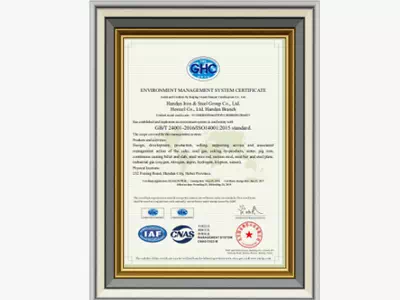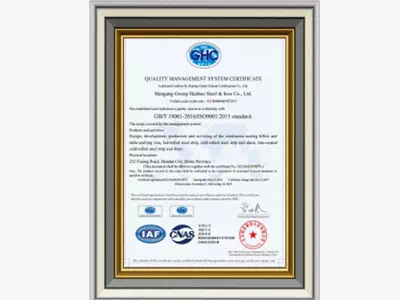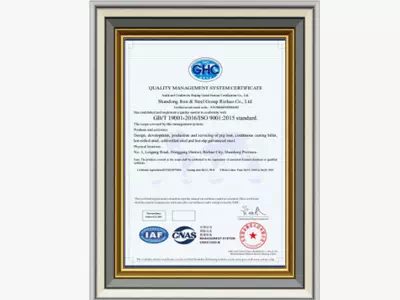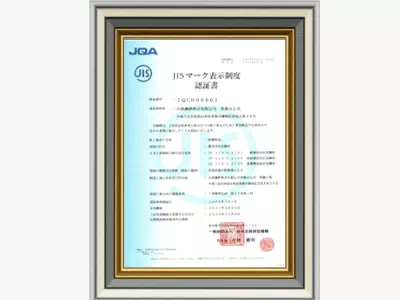Welcome to Shandong Zhishang Steel Co., Ltd.

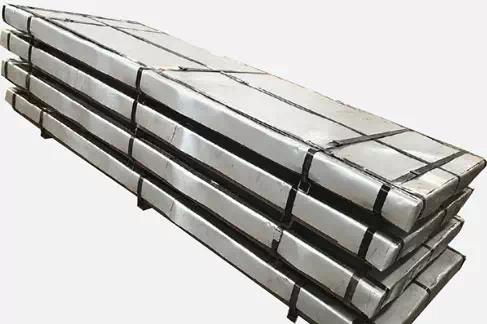
Thickness : 0.13-3.0mm
Width : Galvanized steel strip:24-600 mm; galvanized steel coil:600-1250mm
Coil weight : Usually is 3-4.5 tons,the max coil is 10 tons
Zn coating : 0.13-0.8 mm is 30-150 g/m2; 0.8-1.5 mm is 30-180 g/m2;1.5-6.0 mm is 30-275 g/m2
Steel grade : DX51D,DX52D,DC01,DC02,SGHC

01 STORAGE SERVICE
The company mainly deals in color-coated, galvanized, stainless steel pipes etc,The company’s annual inventory is more than 50,000 tons.
02 50+ COUNTRIES
Our business covers Southeast Asia, the Middle East, Africa, Australia, Europe, the United States and other countries.
03 LOGISTICS SERVICES
We have a powerful and professional logistics distribution system.We can provide customers with efficient, fast and flexible logistics services.
04 ADVANCED EQUIPMENT
World top class equipment, which can produce different steel products of large amount and fine quality.

شركة تشيشانغ المحدودة للصلب
Zhishang steel co.Ltd,specializes in steel products,which mainly manufactures galvanized steel,galvalume steel,ppgl,ppgl and also can supply hot rolled steel, coldrolled steel,stainless,wire rod,h beam,steel pipe,etc.The company is committed to providing customers with high-quality and low-price ste···
Learn more about Zhishang

